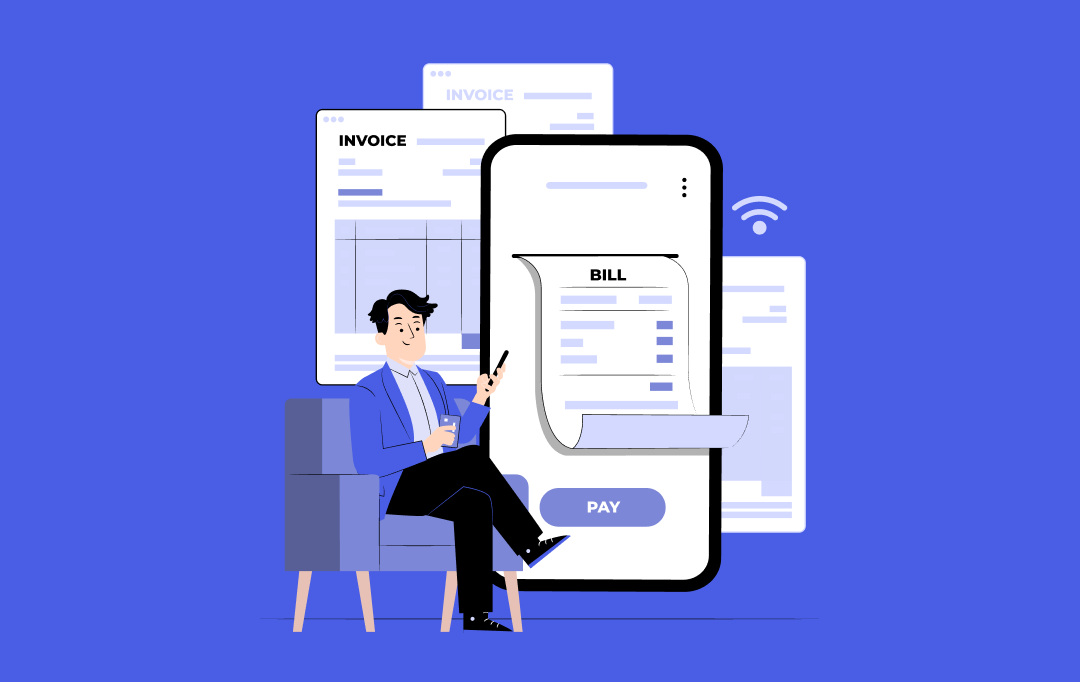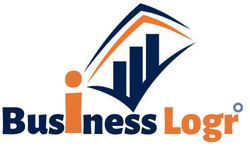
The telecom industry is a high-speed race where agility, efficiency, and innovation separate the leaders from the rest. While some operators still rely on outdated billing systems, others are upgrading to modern solutions that drive revenue, enhance customer experience, and support long-term growth. Now is the time to reevaluate your strategy if your billing system is hindering your progress. Sticking to a legacy system means sticking to outdated results and manual processes. While concerns about migration risks, data security, and costs may slow decision-making, the cost of inaction is far greater. Modern billing solutions are no longer just about invoicing; they are critical tools for revenue optimization, customer engagement, and business expansion.
Here are five compelling reasons why upgrading to a modern billing system in 2025 is a strategic necessity.
1. Unlock New Revenue Streams with Flexible Monetization
Telecom is no longer just about voice and data services. Modern billing systems enable telecom operators to seize new revenue opportunities as the industry evolves. Support for 5G-driven services, including ultra-low latency applications such as cloud gaming, autonomous vehicles, and smart cities
Monetization of Internet of Things (IoT) services, including smart home devices, connected cars, and industrial IoT applications
Ability to offer subscription-based and pay-as-you-go models, catering to both B2B and B2B2X customers
Seamless integration with third-party services, enabling bundling with cloud solutions, cybersecurity services, and content platforms
Complex pricing models frequently result in revenue leakage and inefficiencies in legacy systems. A modern, cloud-based billing system ensures accurate real-time billing, enabling telecom providers to optimize revenue and capitalize on new market trends.
2. Enhance Customer Experience and Improve Retention
A seamless billing experience is critical to customer satisfaction. However, out-of-date billing systems frequently result in: Invoices that are difficult to understand and fees that are not disclosed Limited payment options, causing delays and frustration
Inadequate self-service options that necessitate customers contacting support for straightforward billing inquiries A modern billing system enhances customer experience by:
Providing personalized billing experiences tailored to individual usage patterns
enabling portals for self-service Supporting multiple payment options, including digital wallets and automated payments
Offering transparent and detailed billing with break up to build trust and reduce disputes
By simplifying and improving the billing experience, telecom operators can strengthen customer relationships and reduce churn.
3. Scalability is essential for business expansion
As telecom companies expand, their billing systems must be able to scale effortlessly. A rigid, outdated system can create bottlenecks, making it difficult to add and manage a growing partner base, launch new services quickly and efficiently and handle high transaction volumes across multiple markets.
A cutting-edge cloud-native billing system offers: On-demand scalability, ensuring smooth operations as partner numbers increase
Automated processes to handle large volumes of billing transactions with accuracy
Faster time-to-market for new products and services without complex system modifications
With the right billing system, telecom operators can focus on growth without being constrained by technological limitations.
4. Gain Competitive Advantage with AI and Data Analytics
By utilizing AI and advanced analytics, a modern billing system is more than just an invoicing tool; it also serves as a strategic asset. This is not just beneficial for telecom but applies to multiple industries, making it a domain-agnostic advantage.
AI-powered insights help optimize pricing strategies, detect revenue leakage, and predict churn before it happens
Automation reduces manual intervention, improving efficiency and reducing errors
Data-driven intelligence enhances decision-making across finance, marketing, and customer service
With AI-driven capabilities, telecom operators can make smarter business decisions, anticipate customer needs, and create targeted offers that drive engagement and revenue.
5. Seamless Integration for Digital Transformation
Modern telecom billing systems are designed to work seamlessly with other critical business systems, including:
Enterprise Resource Planning (ERP) for financial and operational management
AI analytics platforms for real-time data-driven decision-making
Customer support platforms to provide a smooth and connected service experience
Telecom providers are able to seamlessly integrate their billing system with third-party applications thanks to open APIs and modular architectures. Telecom companies can improve agility, streamline operations, and stay one step ahead of the competition in the market by integrating billing with other business functions.
Conclusion: The Time to Upgrade is Now
Telecom operators face two choices:
Continue relying on legacy billing systems and struggle with inefficiencies, lost revenue, and customer dissatisfaction
Make a long-term investment in a modern billing system to open up new revenue streams, enhance the customer experience, and guarantee scalability. A modern billing system is not just an operational upgrade—it is a strategic transformation that can propel a telecom business forward in a competitive landscape. With 2025 set to bring new challenges and opportunities, now is the time to make the switch and stay ahead of the curve.



